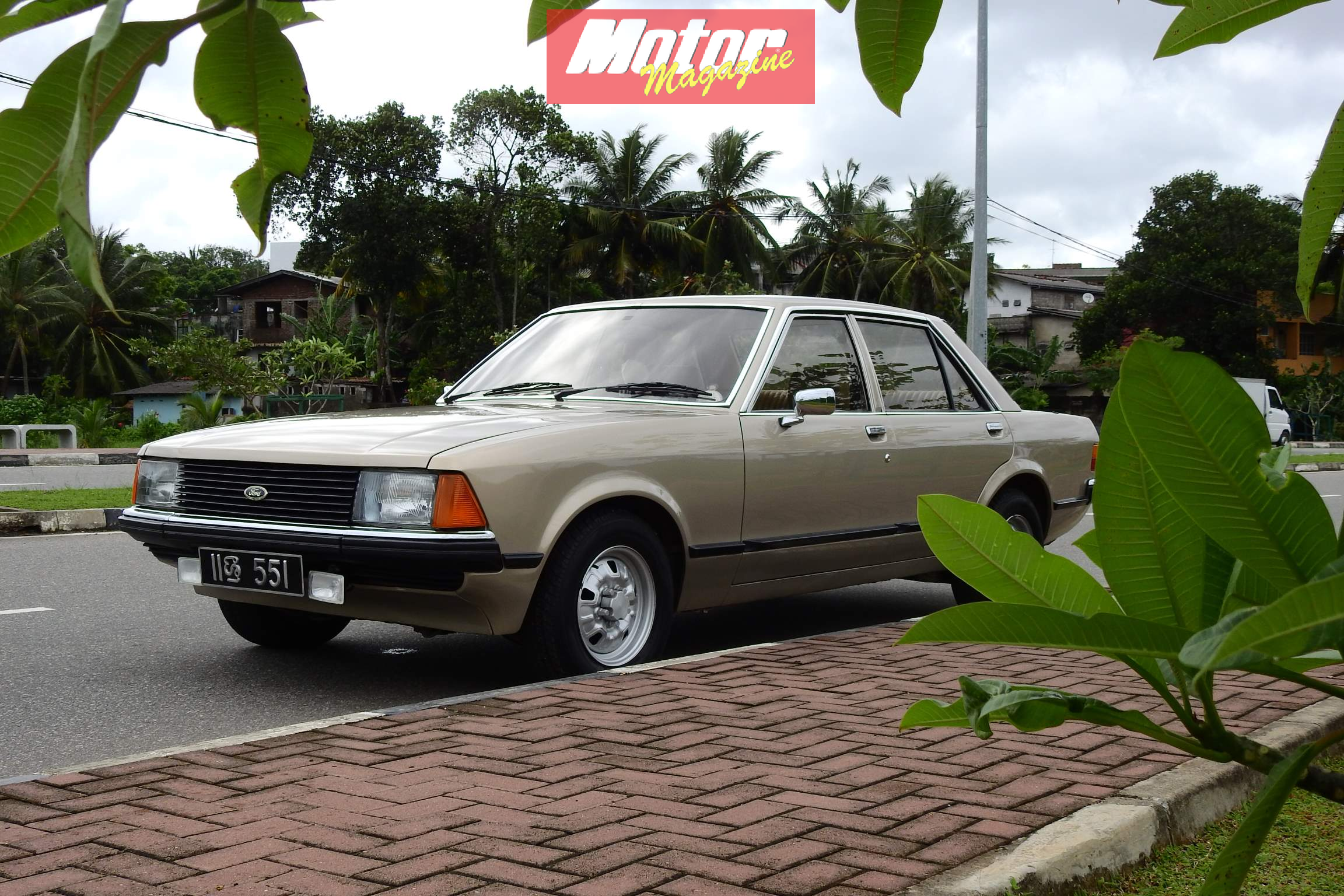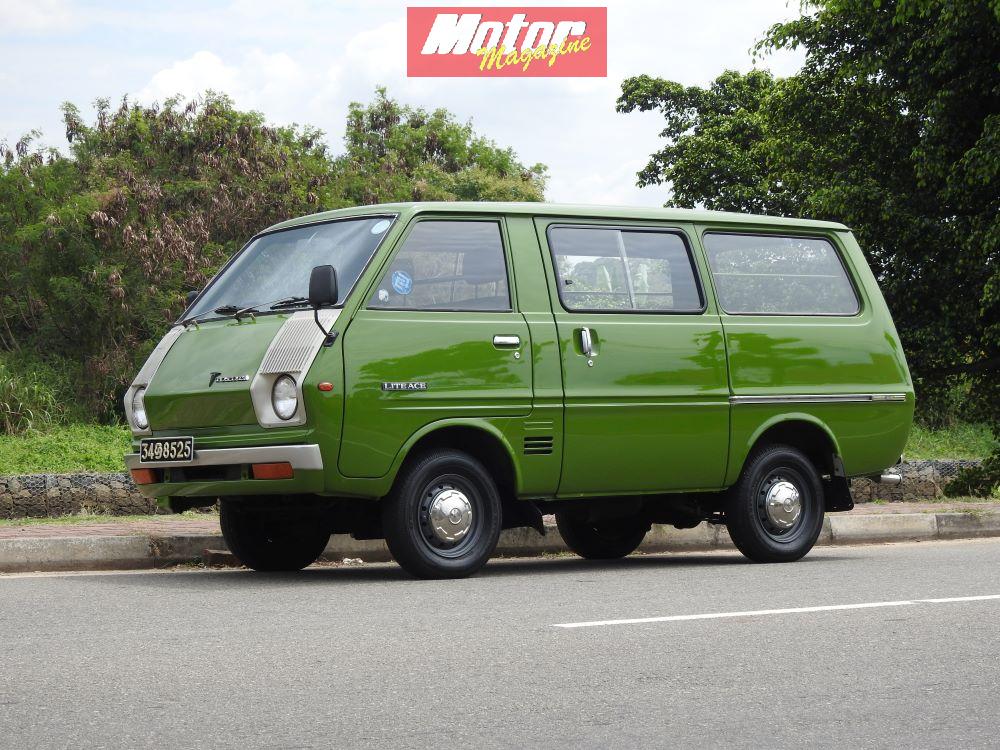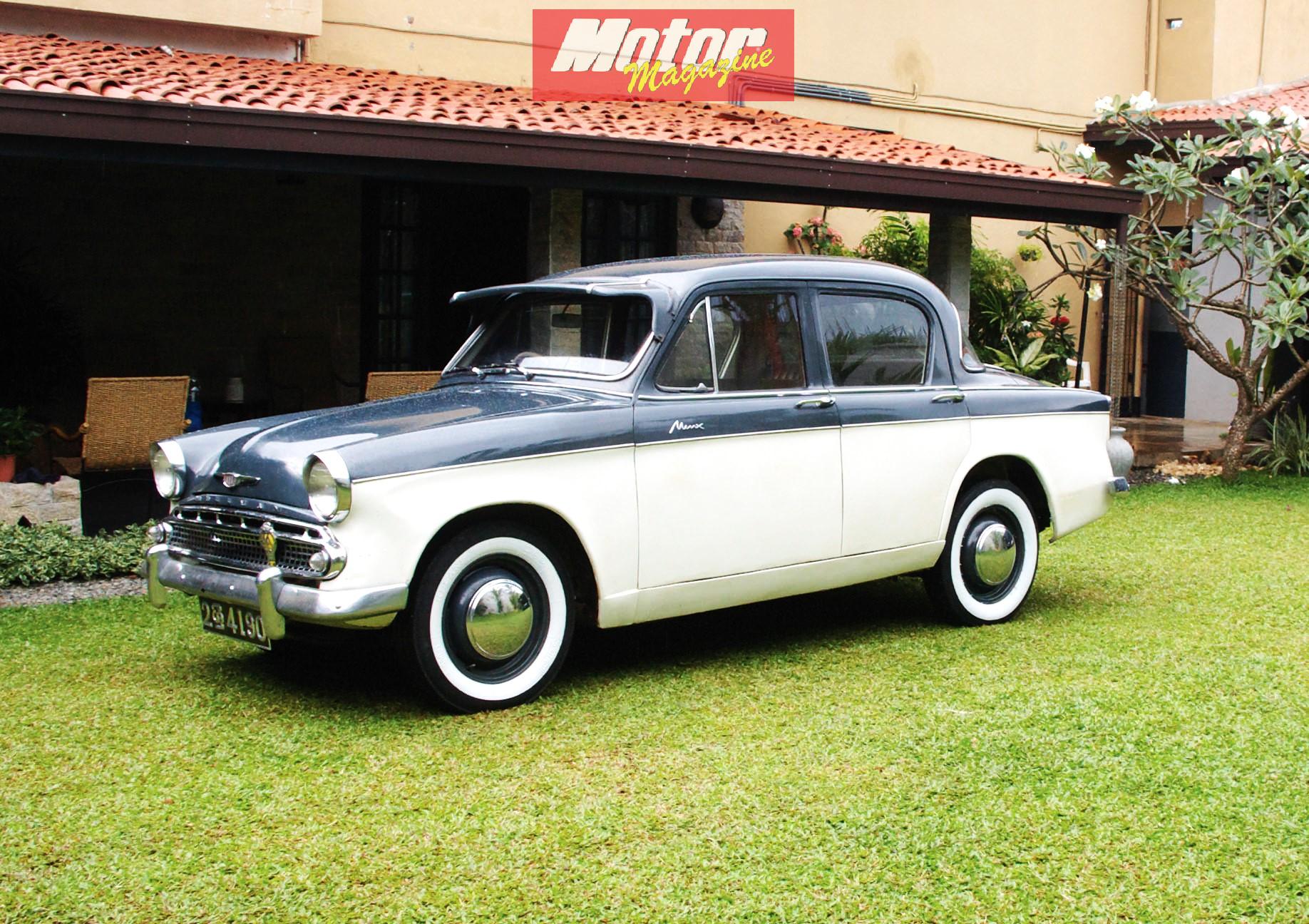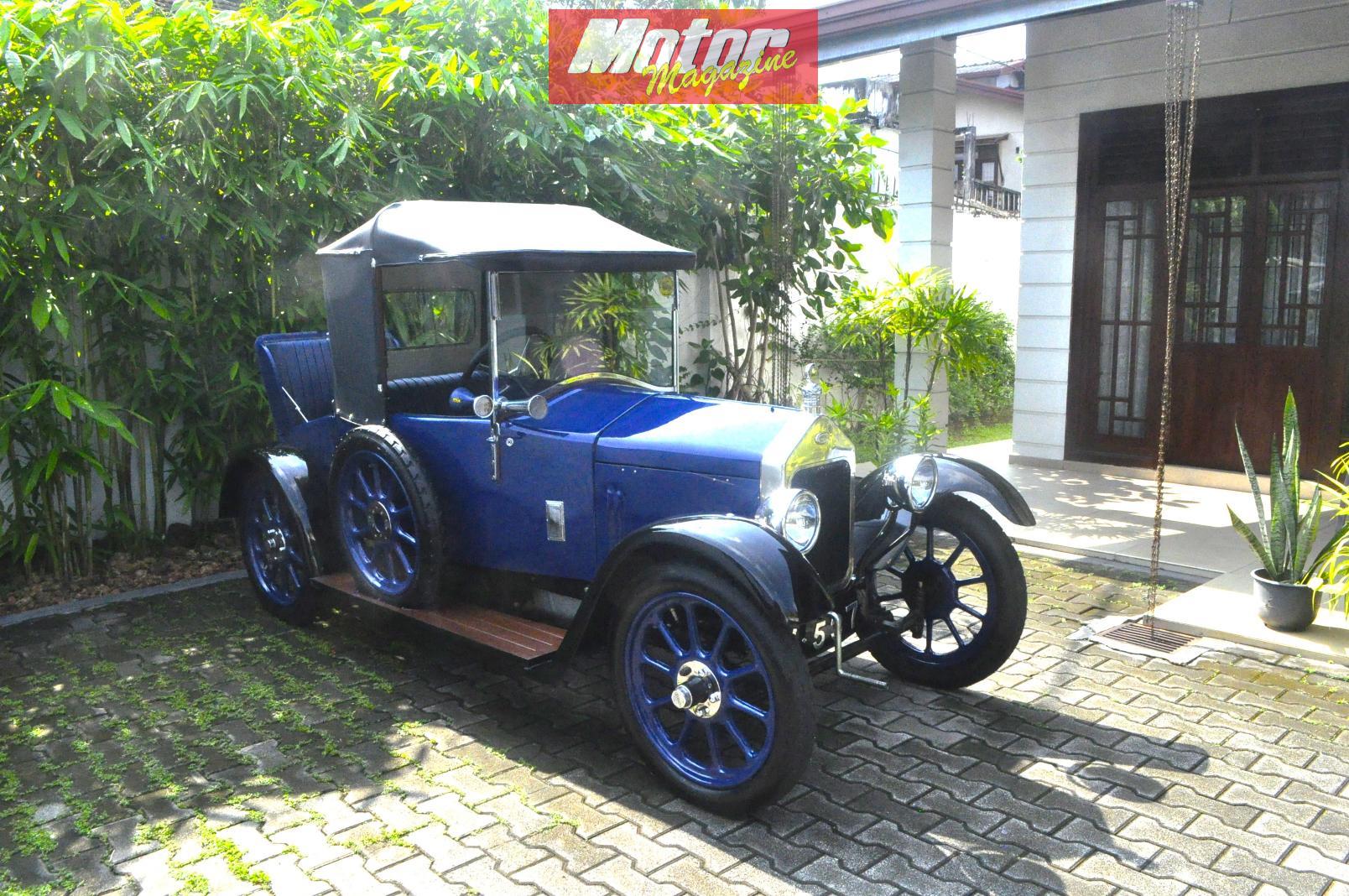1980 Ford Granada
A fine example of Ford's Eighties Executive Express that can still cut a fine dash on our roads

Published on 29 Dec 2021

The Ford Granada is Ford’s large executive car which was produced for Europe and North America. The European Granada ran between 1972 and 1994 before being replaced by the Scorpio. During this time, three generations of Granada were produced.

The Granada entered in 1972 as the Ford Consul, due to a lawsuit by British conglomerate Granada Group, however their injunction failed and the car was able to carry the Granada nameplate from 1975 after Ford registered the trademark. The Granada was popular as a taxi, fleet car, police vehicle and in estate form, a hearse too, as a result of its size and space.

The second-generation Granada ran from 1977 to 1985 and featured the squared-off, straight-edged styling that was in vogue at the time. The Mark 2 was not a major redesign over the Mark 1 – rather it was an improvement with restyled body panels and attention paid towards increasing refinement of the drive-train. Interestingly, the Granada came from Ford’s German Cologne factory, as well as being produced in Japan, Taiwan and South Korea, subcontracting assembly to Hyundai.

Petrol engines ranged from a 1.6L in-line four to the 2.8L Cologne V6 – gone was the 5.0L V8 unit that the first-generation could be had with, as well as the Essex V6 engines. There were also three diesel engines of 1.9L, 2.1L and 2.5L which were Peugeot units. Transmissions ranged from four and five speed manuals to an optional three-speed automatic. The range saw a facelift in 1981 which brought about exterior and interior restyles, as well as further refinements of mechanicals.
This 1980 example is a Granada with the 2.3L Cologne V6, in base model ‘L’ form. It’s currently owned by car collector Vinodh Wijetunga, one of the men behind Vintage Teas as well as VISS Automobiles. The car is of German origin and was registered in 1980. It remained with its first owner up to end 1981, and the second owner had it up to 1988, by which time it had racked up around 80,000km. Vinodh’s father purchased the car in 1988. The car was initially painted in apple green, which had been changed to maroon at some point. A comprehensive restoration was undertaken in 2017 and the car was repainted to the current shade.
Vinodh says the car has been designed for absolute comfort, with dual wishbone suspension at the front, and rear axles with independent suspension. The 2.3L Cologne V6 puts out around 110hp, but 176Nm of torque and this car has been designed to run at high speeds on autobahns. The gearing on the four-speed gearbox is very long to accommodate this, and it is not a car for fuel-misers to short-shift and drive at low RPMs.

Vinodh tells me that you should ideally be doing 50km/h before shifting up into third. Being the base ‘L’ model, it misses out on some of the features and comforts enjoyed by the higher-spec GL and GHIA models, but still comes with air conditioning and leather upholstery. The car is a pleasure to drive, he says, and relishes the open roads where it can properly stretch its legs. Maintained by VISS automobiles, it’s in great shape when we meet it for the photoshoot.

The Clarion radio cassette is from the Nineties, but of special sentimental value to Vinodh, as it’s the first car radio he purchased, during an overseas trip, and he’s always made sure to have it on one of his vehicles.

A member of the Classic Car Club of Ceylon; Vinodh is regularly seen at club events in his Granada.




















